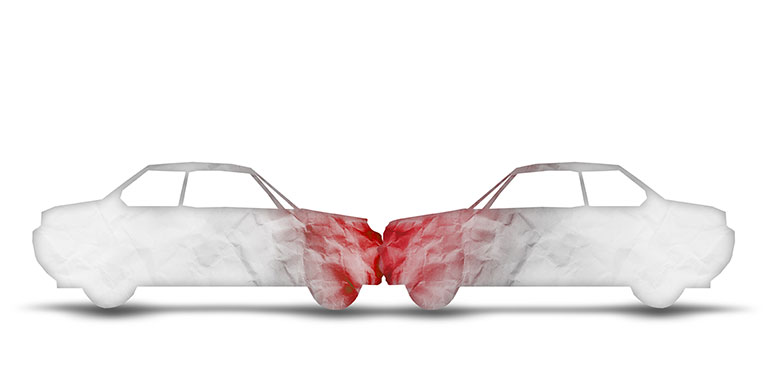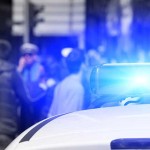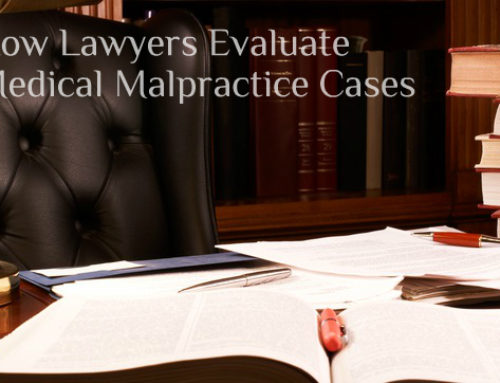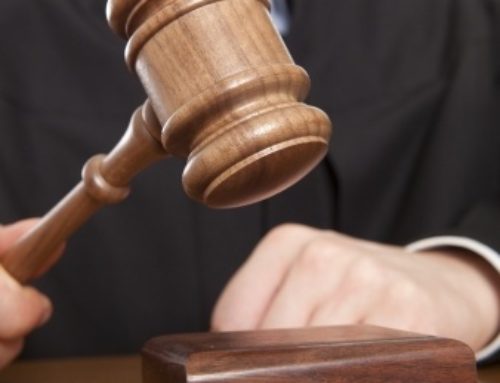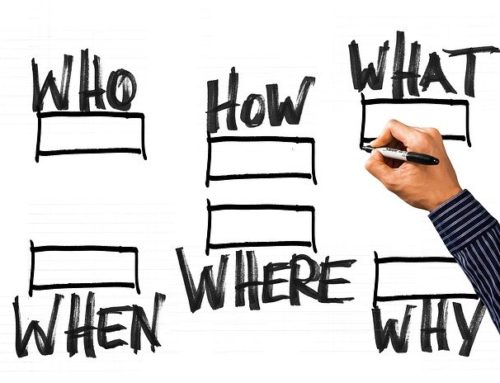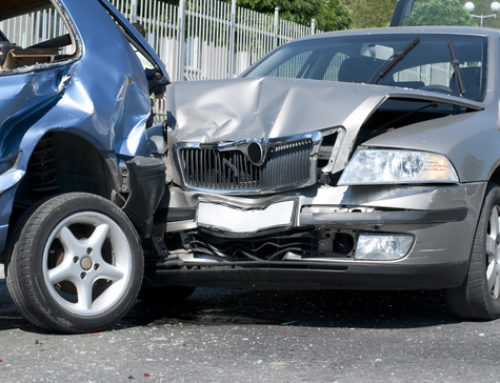Drunk driving is still a problem in Maryland, despite more than a decade of campaigns to reduce it. Today, all U.S. states and the District of Columbia have laws in place to penalize drunk drivers. These rules are designed to protect the public by deterring people from drinking and driving.
Unfortunately, according to Mothers Against Drunk Driving (MADD), these laws are only partially effective; 2017 Maryland stats stand at 159 fatalities connected to drinking and driving. That’s an increase of 22.3% from last year. Police are increasingly vigilant; with more than 17,000 arrests to date.
Let’s look more closely at some of the strategies the State of Maryland is using to keep you and your family safe from drunk drivers.
Strategies to Stop Drunk Driving
Maryland has adopted a number of prevention strategies designed to educate the public on the dangers of drunk driving as well as to lock up those who don’t follow the rules of the road:
– Community Education
Your taxpayer dollars are going to programs that educate the residents of Maryland on the dangers of drunk driving and the penalties for impaired driving. The state has cleverly engaged in collaborating with MADD and other community groups in educational efforts. These efforts are targeted, in part, in schools to encourage kids to not ride with drunk drivers. They also engage in alcohol screening to define at-risk populations in universities or healthcare settings. Finally, media campaigns to send out a message on television, radio, social media, or in print ads, help teach the public about the importance of driving sober – and the consequences if they’re pulled over.
– Drunk Driving Laws
Maryland has zero tolerance for drinking for those under the legal age of 21. This means there cannot be a drop of booze detected in the blood alcohol levels of any young driver – ever. For the rest of us, drunk driving laws target those driving with a BAC on or above .08%.
– Ignition Interlocks
These computerized modules are installed in cars to measure alcohol on the driver’s breath. They keep the car from starting if the driver has a BAC above a certain level. Ignition interlocks are installed in cars by the court system after you’ve been convicted multiple times of driving under the influence.
– Sobriety Checkpoints
The entire state is engaged in the practice of setting up sobriety checkpoints aimed at spot-checking cars and their drivers for alcohol consumption. Breath tests can be legally administered if the driver is suspected of drinking while driving.
Together, these deterrents and educational efforts have done a lot to raise awareness about the dangers of drunk driving here – and around the U.S. But it is a constant battle, as police, public policy, healthcare advocates and community groups all come together to try to reduce the impact of driving under the influence.
Baltimore Accident Lawyers
If you’ve been injured by a drunk driver, Ingerman & Horwitz, LLP is here for you. We offer consultation, legal advice, and a frank discussion about your options. Contact us today. We’re here to help.


